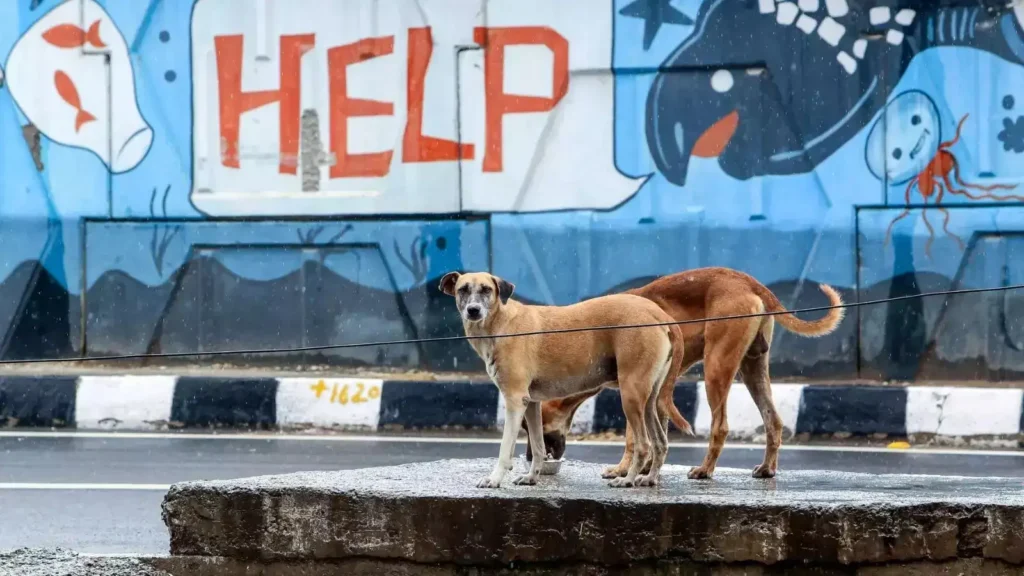In a world where urban expansion often collides with animal welfare, one organization has quietly redefined what humane success looks like. In Defense of Animals (IDA) India has spent more than two decades transforming Mumbai and its surrounding areas through a groundbreaking initiative known as the Trap-Neuter-Vaccinate-Release (TNVR) or Animal Birth Control (ABC) program. What began in 1998 as a small-scale effort to reduce the stray population humanely has grown into one of the most impactful animal protection campaigns in South Asia—and a model for sustainable coexistence between people and animals.
At its core, the TNVR approach is simple yet revolutionary: capture stray animals, provide sterilization and vaccinations, and return them safely to their original territories. Over time, the population stabilizes naturally, disease transmission drops, and human-animal conflict decreases. But the scale of IDA India’s success is anything but ordinary—it is historic.
A Record-Breaking Commitment to Humane Progress
Since its launch in 1998, IDA India’s program has achieved numbers few could have imagined. To date, the organization has successfully spayed and neutered more than 104,713 dogs and 11,433 cats, representing one of the most sustained and efficient TNVR efforts in the world.
The scale of this operation would be impossible without the dedication of skilled veterinary professionals who have made humane control their life’s work. Leading this charge is Dr. Hanumant Ghanwat, the organization’s veteran chief surgeon, whose career accomplishments are now approaching world-record territory. With over 248,367 animal surgeries personally performed, Dr. Ghanwat is currently being considered for recognition by Guinness World Records as the individual veterinarian who has carried out the most animal sterilizations in history.
This milestone isn’t just about numbers—it represents countless lives spared from suffering, disease, and neglect. It demonstrates how compassion and precision medicine, when paired with long-term planning, can reshape the relationship between humans and stray animals in major cities.
Saving Lives and Curbing Rabies Through Science and Strategy
One of the most significant outcomes of IDA India’s TNVR program is its role in controlling rabies, a disease that once plagued both people and animals across India. By reducing stray dog populations and ensuring that vaccinated animals replace unvaccinated ones in each area, the program has dramatically lowered rabies transmission rates throughout Mumbai and nearby regions.
This ripple effect extends beyond animal welfare—it’s a major public health victory. Fewer stray dogs mean fewer bites and fewer infections, leading to a safer environment for everyone. In metropolitan areas where the program operates, reported rabies cases have dropped sharply, showing how animal care can directly protect human communities.
Moreover, the initiative challenges outdated and cruel practices such as mass culling, which have repeatedly proven ineffective in controlling street dog populations. IDA India’s data-driven, compassionate model offers a humane alternative that works—and can be replicated across cities facing similar challenges.
Partnership with Government and Local Communities
Another key factor behind this success is collaboration. IDA India works closely with municipal corporations across Mumbai, Navi Mumbai, Panvel, and Lonavala, creating a unified framework for humane population management. These local governments not only support TNVR logistically but also financially and administratively, recognizing it as a sustainable, science-based solution.
Through these partnerships, IDA India operates multiple sterilization and treatment centers equipped with surgical facilities, recovery areas, and vaccination programs. Each center is more than a clinic—it’s a hub for education, community engagement, and animal protection.
By combining government support with grassroots compassion, the organization has built a scalable, transparent model that can guide animal welfare policy throughout India and beyond.
A Humane Blueprint for the Future
IDA India’s achievements underscore a powerful truth: compassion works. When cities invest in ethical, evidence-based animal population control, both people and animals benefit. The long-term impact extends well beyond veterinary care—it shapes how societies view responsibility, coexistence, and empathy.
From reducing diseases and preventing cruelty to setting world records in surgical excellence, IDA India’s work proves that progress doesn’t require harm. It requires vision, collaboration, and the belief that every life—human or animal—deserves respect.
For those who wish to learn more about global wildlife protection, rescue programs, and sustainable animal welfare initiatives, visit Sustainable Action Now’s Wildlife section. It’s where stories like IDA India’s remind us that real change often begins with a single act of compassion—and grows into a movement that saves thousands.


